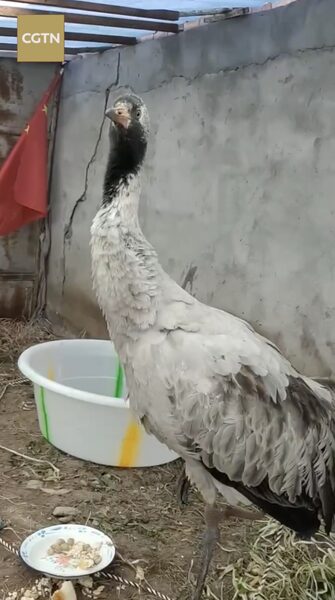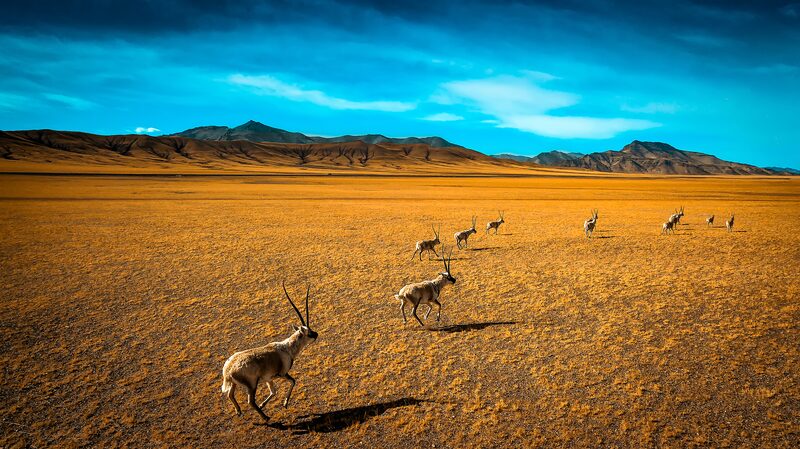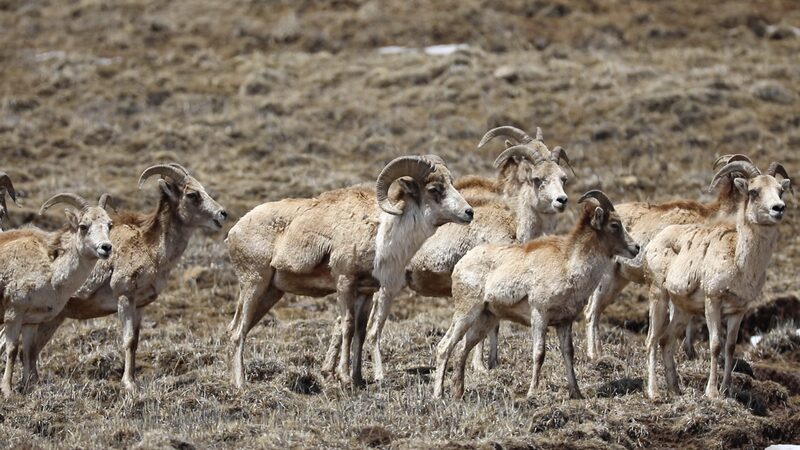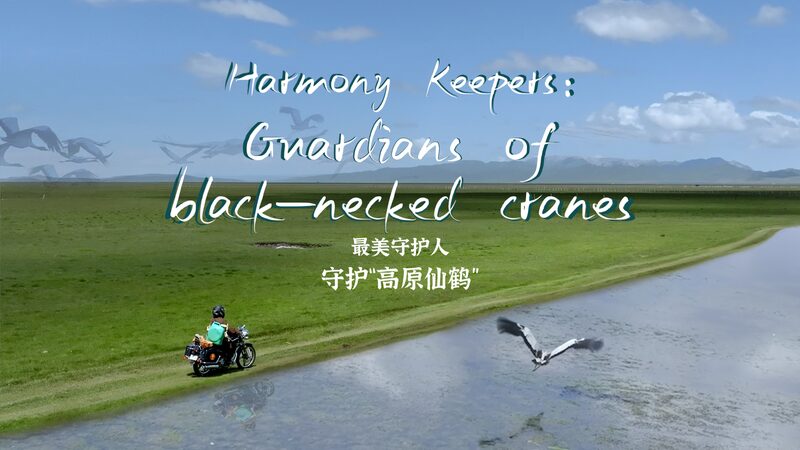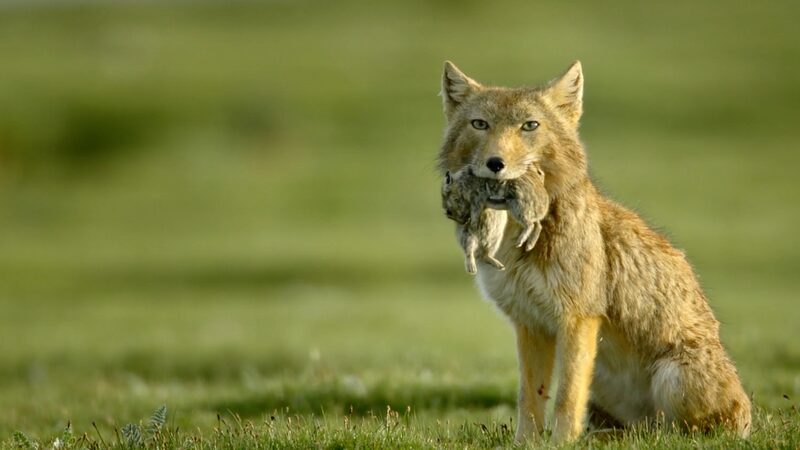By John Smith
The vast and majestic landscapes of southwest China’s Xizang Autonomous Region are witnessing a remarkable resurgence of wildlife. Once endangered species like Tibetan antelopes, black-necked cranes, wild yaks, brown bears, wolves, and corsac foxes are making significant population recoveries, painting a hopeful picture for biodiversity on the plateau.
The positive trend is no accident. It stems from the concerted efforts of the government and countless ecological guardians committed to preserving and restoring the natural habitats of these unique species. Through stringent conservation policies, anti-poaching initiatives, and community engagement, the region has become a beacon of successful wildlife conservation.
Guardians of the Plateau
These ecological guardians, often local residents and environmentalists, play a critical role in monitoring wildlife populations and protecting ecosystems. Their dedication has not only curbed illegal hunting but also raised awareness about the importance of biodiversity among local communities and visitors alike.
Government Initiatives Fuel Growth
The government’s implementation of protected areas and wildlife corridors has provided safe havens for these species to thrive. Investments in sustainable development and eco-tourism have balanced economic growth with environmental stewardship, ensuring that conservation efforts are both effective and sustainable.
A Model for Global Conservation
Xizang’s success story serves as an inspiring model for conservation efforts worldwide. The harmonious coexistence between humans and nature in the region highlights the impact of collective action and responsible policies.
As the world grapples with environmental challenges, the revival of Xizang’s wildlife underscores the profound difference that dedicated guardians and supportive governments can make in preserving our planet’s biodiversity.
Reference(s):
cgtn.com

